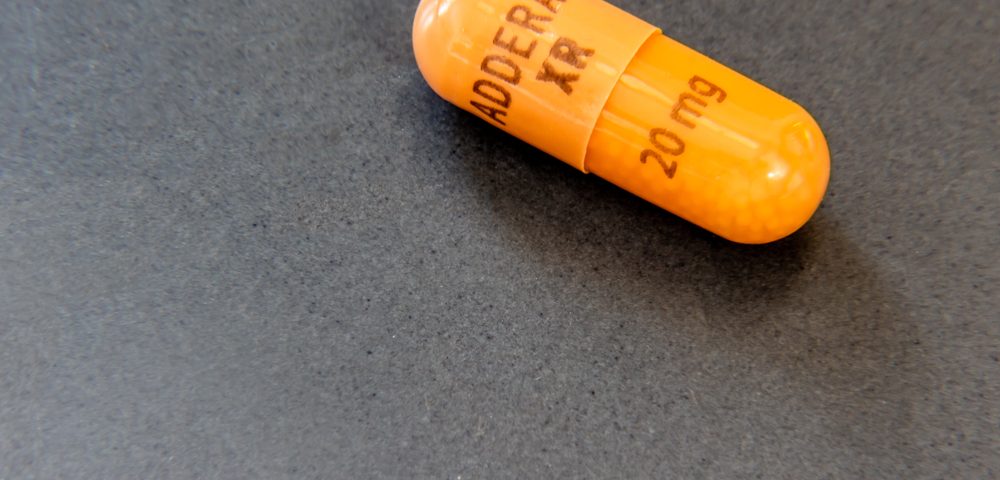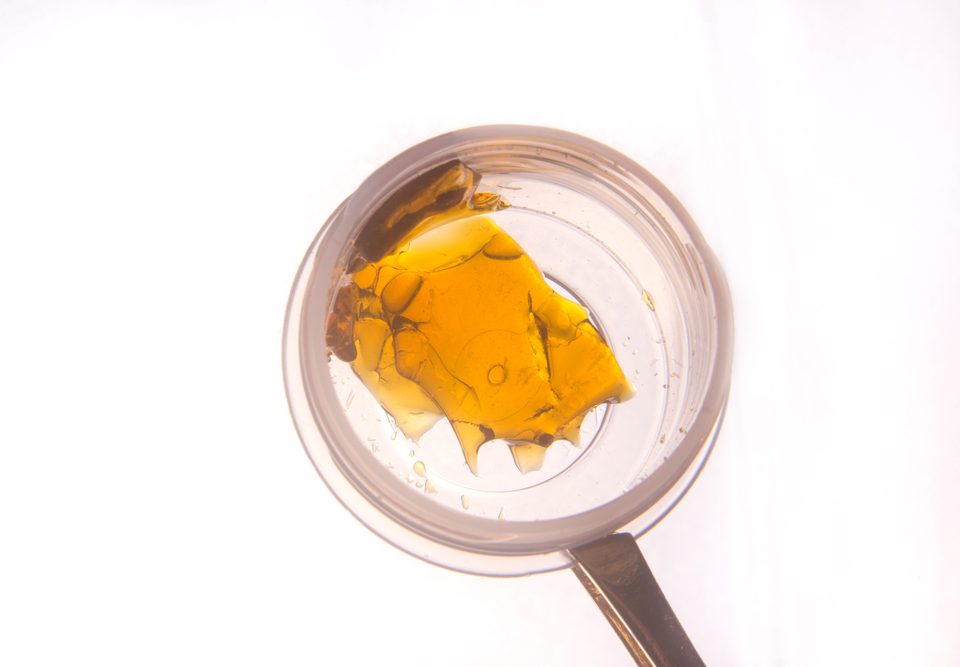
Improving Dental Treatment for Children with Special Healthcare Needs
April 15, 2022
Understanding Boundaries and Limits for your College-age Child
April 20, 2022How the College Admissions Process Prompts Stimulant and Alcohol Use Among High Schoolers
The college application process is an exciting yet stressful period in your child’s life. School is a place where your child learns and grows, however, it is also a common source of stress. Students cope with stress in different ways, either adaptively or maladaptively. An example of maladaptive coping strategies may include relying on substances such as alcohol or stimulants. Stimulant use, which affects the central nervous system and increases alertness, energy, and attention, is increasing among teenagers.
Teenagers spend time in environments in which they may experiment with alcohol or substances. Contrary to popular belief, experimentation with alcohol and substances is not indicative of bad parenting, but rather the curiosity of teenagers and their accessibility to such substances. So, why might the stress of school increase the risk of substance use, like stimulants? Stimulants are more easily accessible on school campuses, and today, the expectations of colleges are at an all-time high, with an emphasis on academic success, extracurricular activities, and summer internships.
Adderall is a stimulant primarily intended for use by individuals with attention-deficit hyperactivity disorder (ADHD) to increase focus. Adderall is intended to increase attention and focus in those with ADHD to developmentally-expected levels, but unfortunately, Adderall is also widely known among students as a “study pill” that boosts academic performance. It is illegally sold by students with authorized prescriptions and abused by other students. One Adderall pill can be sold for $5-30.
Alcohol is seen as a stress reliever for many teenagers, and stress increases during the college admissions process. However, for students with and without ADHD, mixing alcohol with Adderall can yield dangerous results. Adderall intensifies the stimulatory effects of the alcohol (increased heart rate, increased energy, and decreased inhibition), which means that more alcohol is needed to feel “buzzed” or drunk than the amount needed to reach the same physical and mental state without stimulant use (Egan, et al, 2013). Simultaneous drinking and stimulant use put teenagers at an increased risk for physical altercations, drunk driving, or risky sexual behavior. Ultimately, the heightened desire for success throughout the college application process may lead students to stimulant use, and students may self-medicate with alcohol due to the resulting stress and exhaustion, thus increasing the use of this common yet dangerous combination of conflicting substances.
It is important to balance trust in your parenting and your child with an awareness of the stressors and temptations that they face when they’re not at home. If you suspect that your teenager is engaging in simultaneous stimulant and alcohol use, choose empathy over punishment. If your child asks questions that you don’t know the answer to, research it together. At the end of the day, your child’s physical and mental wellbeing is most important. You are your child’s best advocate, but throughout the college admissions process, don’t forget to remind them that your love for them is not contingent on their academic success or college acceptances.
– Arthi Vasudevan
References
Egan, K. L., Reboussin, B. A., Blocker, J. N., Wolfson, M., & Sutfin, E. L. (2013). Simultaneous use of non-medical ADHD prescription stimulants and alcohol among undergraduate students. Drug and alcohol dependence, 131(1-2), 71–77. https://doi.org/10.1016/j.drugalcdep.2012.12.004


